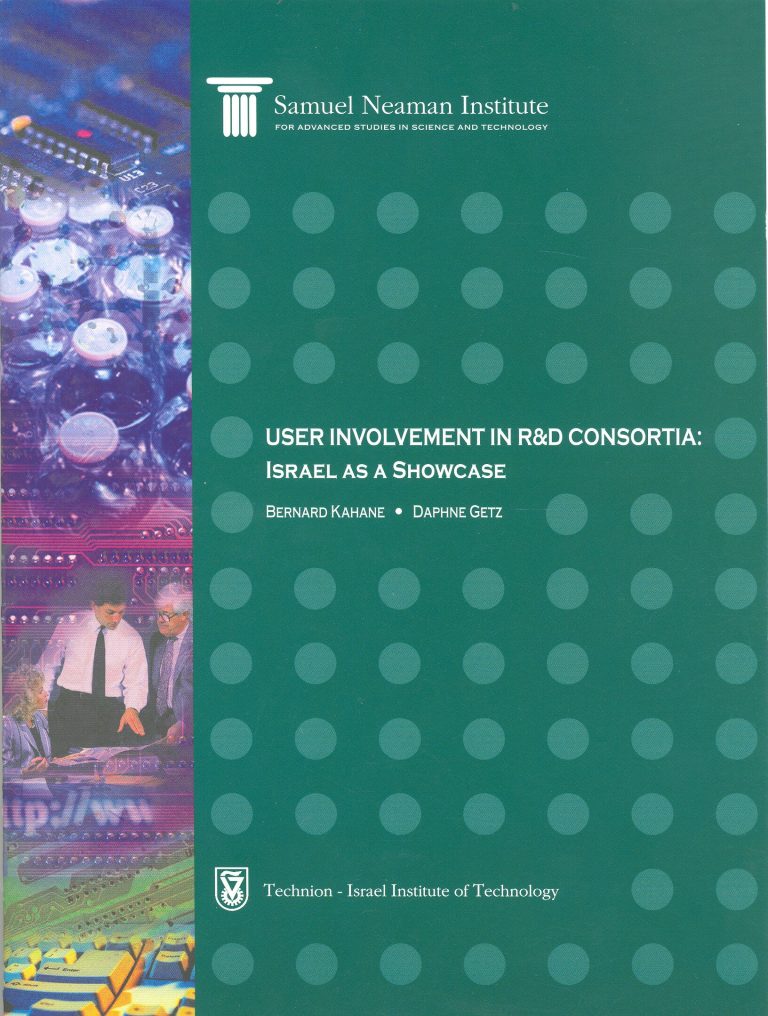Consortia, and in particular R&D consortia, are one of the clustering forms used to bring together various relevant parties, in order to foster innovation and economic growth. Consortia have been, and still are, widely mobilized in different geographical (international, national, regional) and thematic areas by private or public operators. Often, their design restricts the participation to innovation producers (big and/or small, academic and/or private). Our previous work showed the interest and potential of user involvement as a driving force in the innovation process.Building on that, we now take into perspective the diversity of the whole set of consortia established by the Israeli Magnet program. Four forms of user involvement (no user involvement, external user involvement, secondary user involvement, primary user involvement) are identified and analyzed through case studies. These cases are discussed in relation to an “ideal type” classification that has horizontal integration industry building consortia on the one hand, and vertical integration complex system consortia on the other. This division helps to define two models and their respective implications for user involvement. The first one, similar to a fountain or a spray, starts from one or a small set of technologies and proceeds to address many different users. In this case, user involvement can only be obtained through an external body, and/or a one-to-one relation between a specific user and a specific producer.Thus, focus and direction in the consortia requires strong motivation and integration on the part of one of the R&D producers. The second one, similar to a point-focused funnel, starts from many technologies to address a very small number of different users, sometimes only just one type. In that case, user involvement can act as a key driving force for the consortium, in its definition, construction and operation. Thus, consortia would benefit from userinvolvement at the starting point of their activity. In conclusion, some potential user involvement developments for R&D consortia management are proposed.
 / Publications / Users Involvement in R&D Consortia: Israel as a Showcase
/ Publications / Users Involvement in R&D Consortia: Israel as a Showcase











